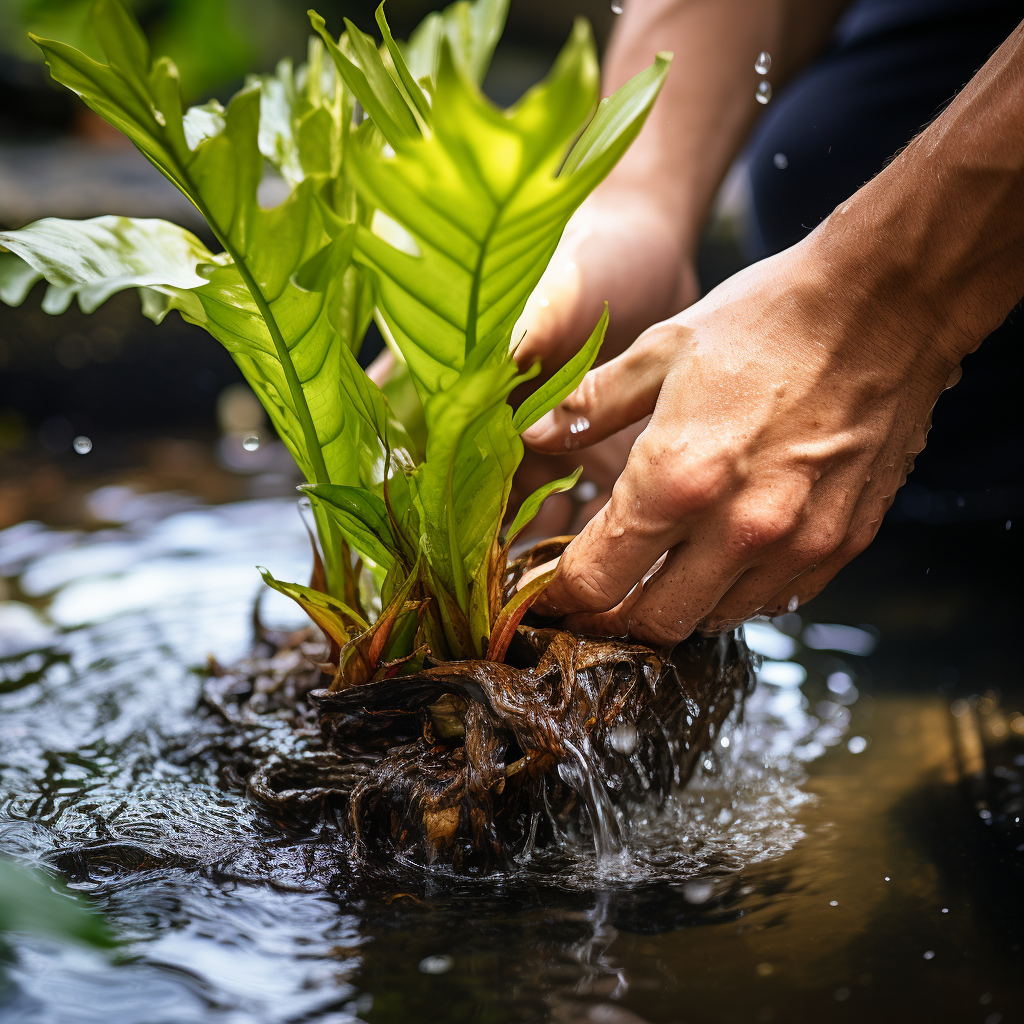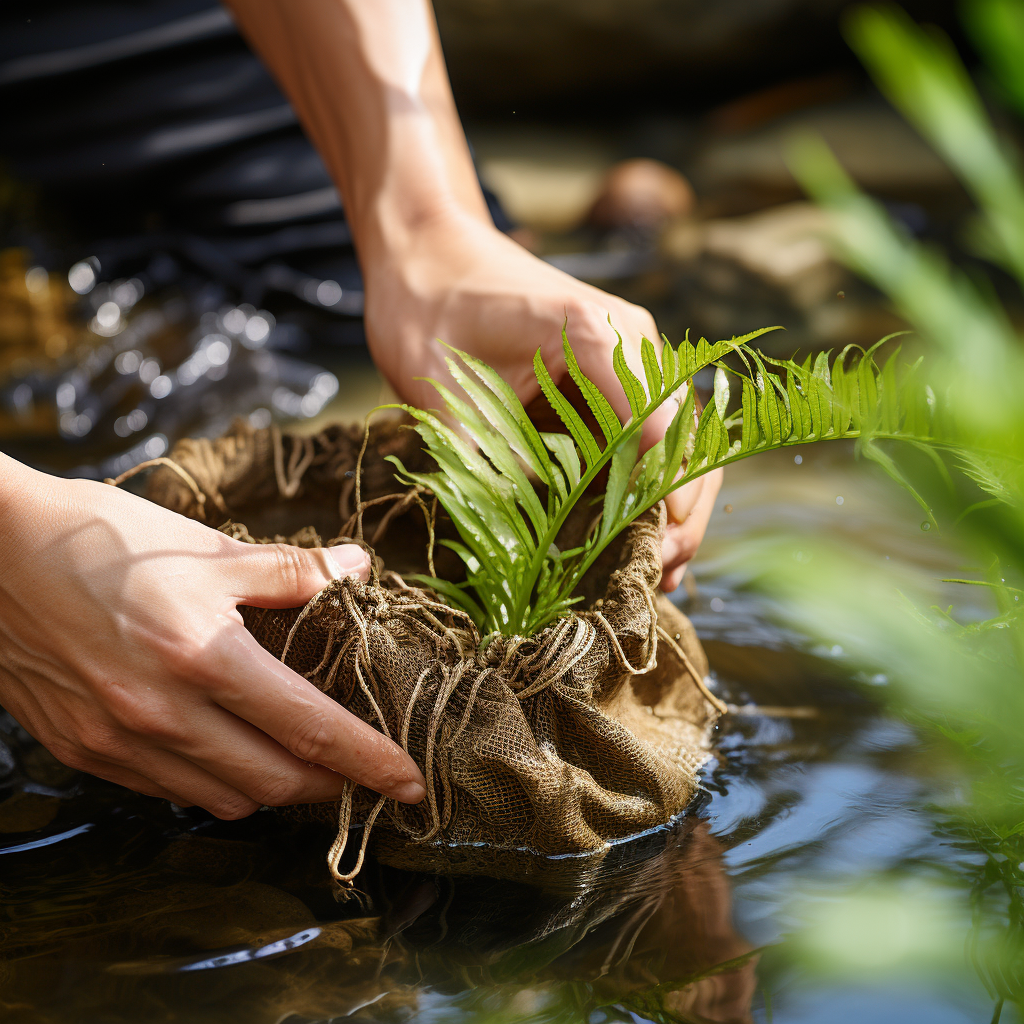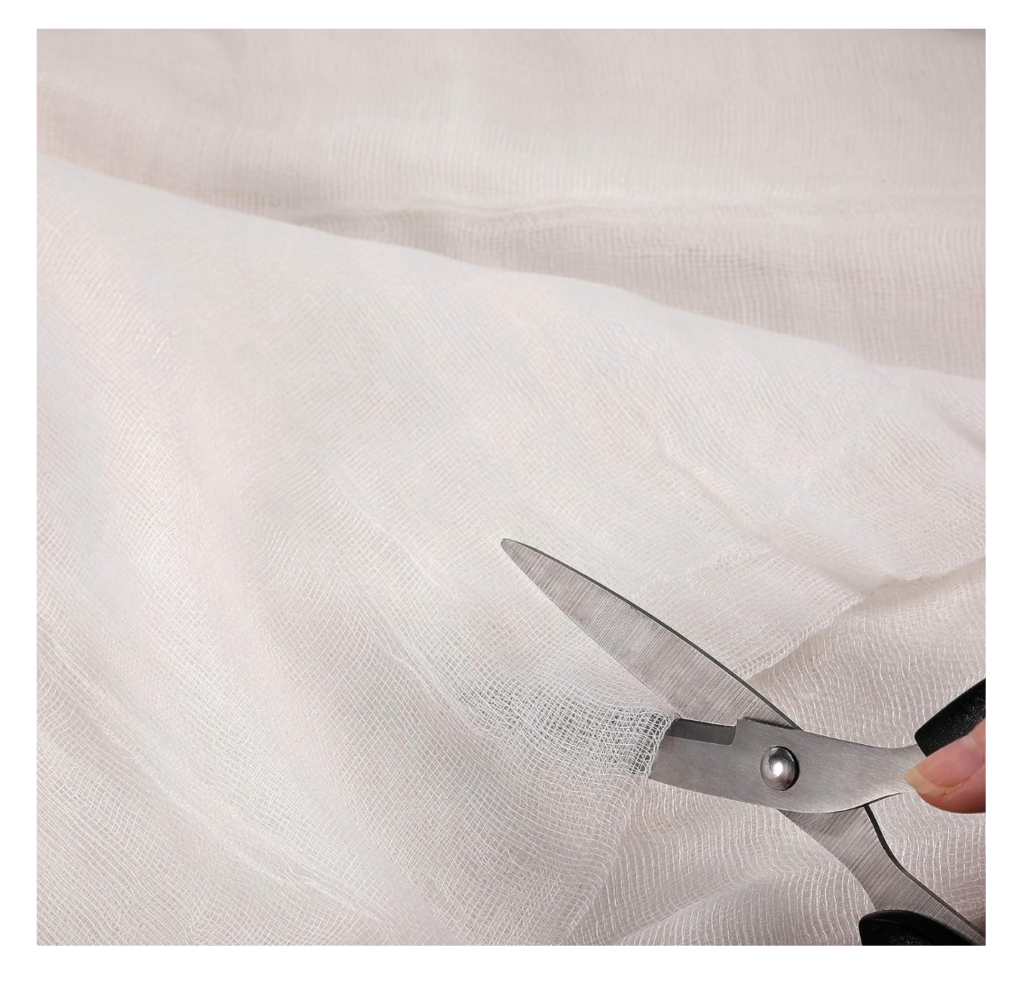Aquaponics is a sustainable and efficient method of gardening that combines aquaculture and hydroponics. In this system, nutrient-rich water from a fish tank is used to nourish plants, creating a symbiotic relationship between fish and vegetation. When incorporating regular nursery plants into an aquaponics bed, it is crucial to prepare the root ball properly to ensure successful transplantation and growth. Here’s a step-by-step guide on how to do it:
Select the Right Nursery Plant
Choose a healthy nursery plant that is suitable for your aquaponics system. Consider factors such as the plant’s water requirements, sunlight exposure, and compatibility with the fish in your aquaculture tank.
Remove the Plant from its Container
Gently remove the plant from its nursery container. You may need to loosen the soil around the edges of the container and carefully slide the root ball out. Handle the plant with care to avoid damaging the roots.
Inspect the Root Ball
Take a close look at the root ball to assess its health. Healthy roots should be white or light-colored, firm, and well-distributed throughout the soil. Avoid plants with brown, mushy, or damaged roots, as they may not thrive in the aquaponics system.

Wash and Rinse the Root Ball
Gently wash off the excess soil from the root ball. Use a gentle stream of water to remove the soil without causing damage to the roots. The goal is to expose the root system for better integration into the aquaponics bed.
Trim the Roots
If the root ball is too dense or compact, you can lightly trim some of the roots to encourage new growth. Use clean and sharp pruning shears to cut away any damaged or excessively long roots. Be careful not to remove too much, as this may shock the plant.

Wrap the Root Ball
Before transplanting the nursery plant into the aquaponics bed, gently wrap the root ball in light organic cheesecloth for protection. You may also use organic burlap or even gauze as long as it is 100% natural fiber and plastic free. The lighter the fabric the better as you are only trying to protect the innermost soil still attached to the center of the root ball during transfer into a media bed. Leave the tap roots unwrapped. As the plant grows the wrap as well as the excess soil will mostly dissolve. We recommend Unbleached Cotton Fine Mesh Weave Cheesecloth available at Amazon.

Soak the Wrapped Root Ball in Rooting Hormone
Next, soak the wrapped root ball in a bucket of water mixed with a rooting hormone solution for 10 to 15 minutes. This helps rehydrate the roots and promotes new root growth, preparing them for the transition to their new aquatic environment.
The recommended hormone for promoting root growth in nursery plants that will be transferred to aquaponics (or any other planting method) is typically a rooting hormone that contains Indole-3-butyric acid (IBA) as the active ingredient.
Indole-3-butyric acid (IBA) is a synthetic plant growth hormone that stimulates the formation of roots in cuttings or transplants. It is commonly found in rooting hormone products in the form of a powder, gel, or liquid. IBA works by encouraging the development of root cells at the cut ends of plant stems, thus facilitating successful root establishment and overall plant growth.
We recommend Fertilome (10640) Root Stimulator & Plant Starter Solution available at Amazon.

Introduce the Plant to the Aquaponics Bed
Place the nursery plant into the aquaponics bed, ensuring that the roots are fully submerged in the grow media while the stem and leaves remain above water level. Adjust the media around the plant to provide stability and prevent air pockets.
Monitor and Maintain
After transplanting, closely monitor the nursery plant for signs of stress or nutrient deficiencies. Ensure that the aquaponics system is running smoothly, with the right balance of fish waste and nutrient-rich water for the plants.
Gradual Adaptation
The nursery plant might take some time to adjust to the new environment. Initially, reduce the lighting intensity and limit the plant’s exposure to direct sunlight to avoid shock. Gradually increase the lighting and nutrient supply as the plant acclimatizes.
Conclusion
By following these steps, you can successfully prepare the root ball of a regular nursery plant for use in an aquaponics bed. Remember to choose healthy plants, handle them with care, and provide proper maintenance to enjoy a flourishing aquaponics garden that benefits both your plants and fish. Happy gardening!
